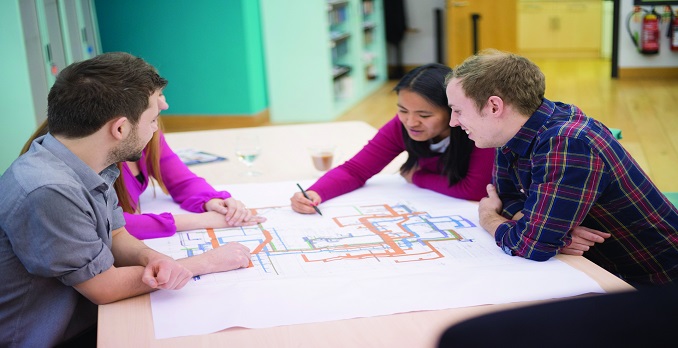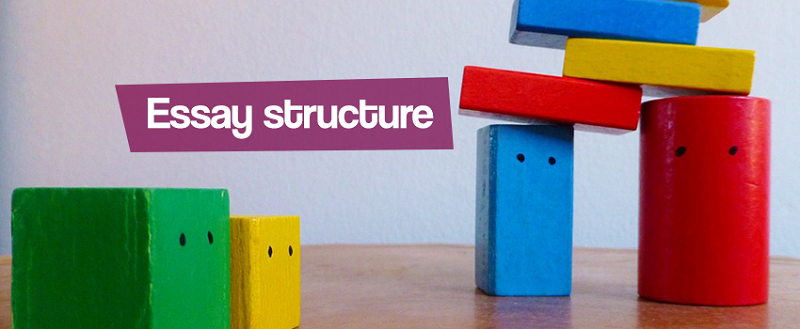The idea of an egalitarian formation through programs and unique structures that satisfy the educational demands of the majority finds diverse problems in the heterogeneous reality of the physical and intellectual capacities of the population. The opposing ideas of special education for children with learning difficulties form two branches, namely:
Types of special education?
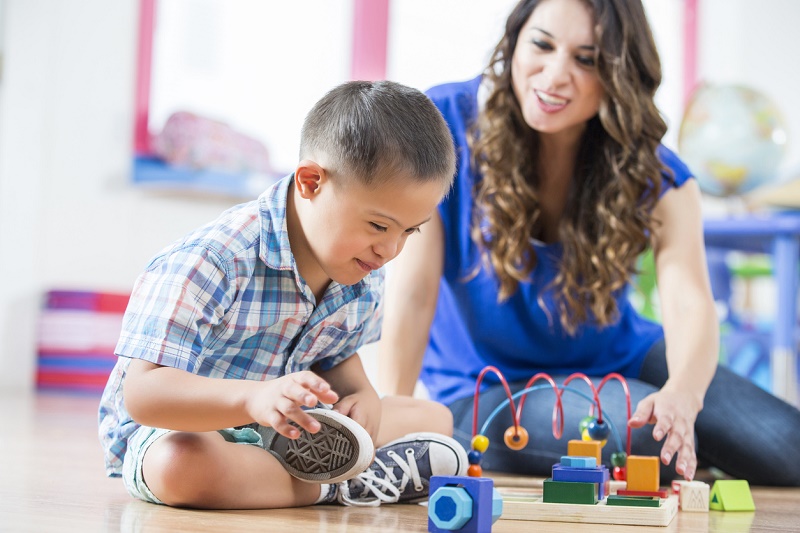
There are two types of special education. Segregated and integrated education. Keep reading: The Six Best School Trip Ideas
1) Segregated education: Where children with deafness, blindness or mental disabilities, including language or behavior problems, do not participate in formal education.
They are served by special education programs and teams where they are monitored individually for their learning and evolution.
This separatist attitude aroused criticism of segregated education, labeling it as another discriminatory practice that, in the end, makes the expected social insertion impossible.
Looking to bring these special cases to “normal” environments, that is, similar to life in society, to enable them to the real world and not to “aseptic, comfortable and artificial environments with respect to ordinary life.
2) Integrated education: In this sense, overprotection reduces the opportunity for intellectual pairing and students are partially vulnerable to social challenges such as job skills.
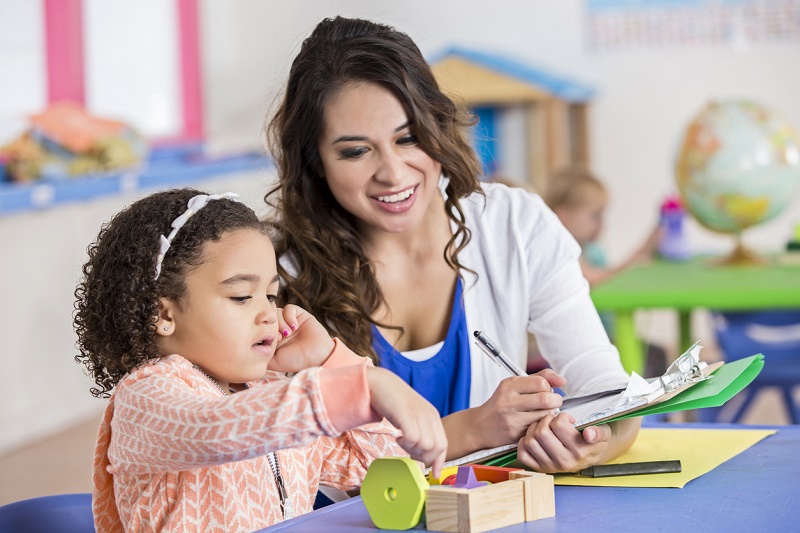
The instrumentation of this integration touches on the adaptation of the physical space.
Construction of ramps, rails, supports, elevators, and extension of doors for wheelchairs.
On the other hand, the conceptual differences in the special education programs, with respect to the current institutionalized system, whether in the strategies of didactic transposition, the evaluation or considerations for the student’s return, could be more or less profound.
The three ways that were manifesting this narrowing between regular classes and special education programs are The special halls, the classrooms of support and regular classes.
The special rooms were the first steps in this approach of the two contrasting special education models.
Special rooms were within the regular education institution but only children with severe learning problems attended. They shared times with some special education service interacting, to some extent, with other regular education students.
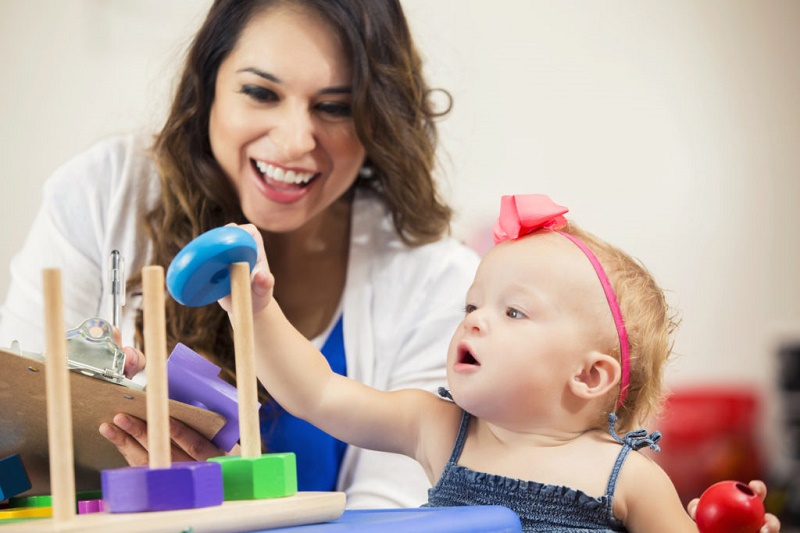
The classrooms of support were increased to those of ordinary and they were implemented for cases of difficulties in the for problems of conduct, in the understanding of the language, “emotional disorders”.
This is the case of children who in addition to attending their classes with the group, for their performance or qualifications, deserve to devote a few more hours to the study to reaffirm the knowledge and review it with greater tranquility.
Regular classes house children with minor problems but who require the permanent attention of a person specialized in specific assistance.
Children with visual impairments, motor diseases, speech disorders, all of them dependent on the constant help of another person. You might also read: http://blog-collector.org/2016/04/22/new-york-schools-will-start-using-only-e-books-through-a-partnership-with-amazon/



